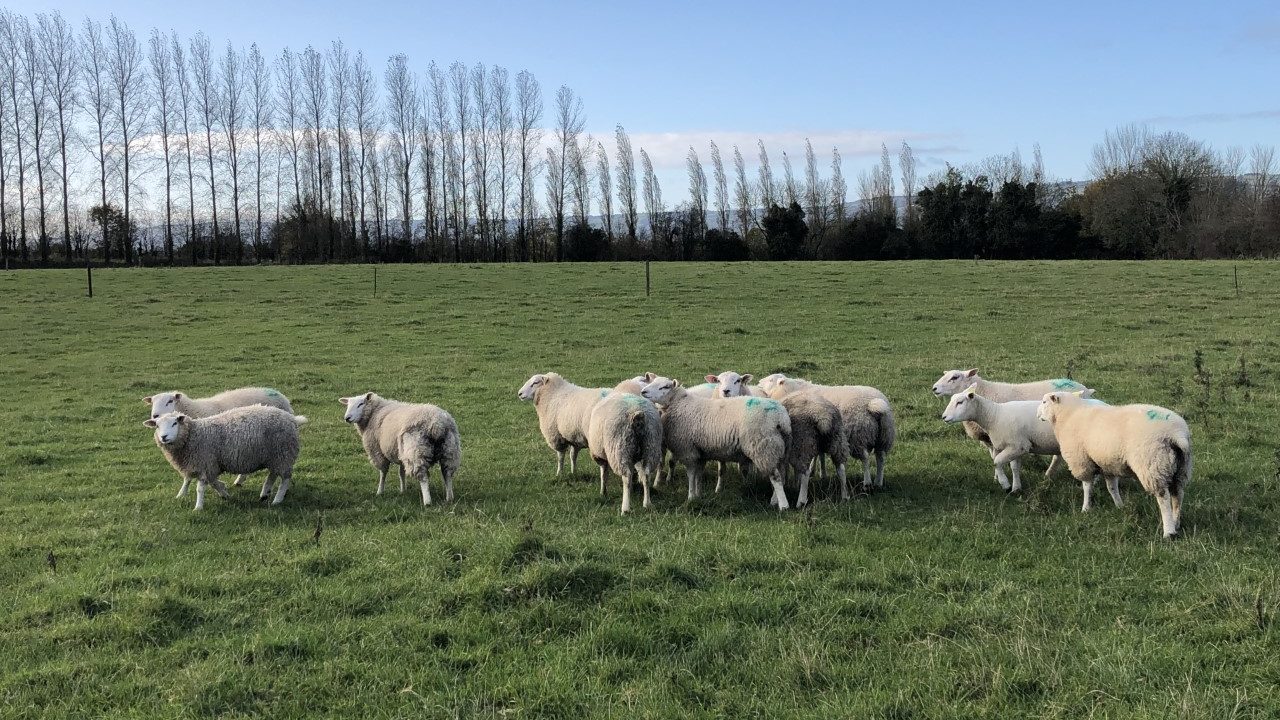Lamb growth rates showed improvements approaching the end of the summer and towards the beginning of autumn, new research has shown.
Poor growth rates were widespread during the summer, leading to under-finished lambs at slaughter, but performances in September proved to show a significant weight gain for lambs.
This was shown in research conducted at a sheep research demonstration farm in Athenry, Co. Galway, which recorded the progress of its flock performance.
Summer lamb growth
Philip Creighton from the animal and grassland research and innovation centre at Teagasc Athenry reported that lamb growth rates during July and August were “well behind normal” in Athenry, and averaged only 130g/head/day.
Creighton said that a major issue contributing to this was the high rainfall levels experienced (254% of normal rainfall in July and 119% of normal rainfall in August), which led to low grass dry matter (DM) levels of 12-13%.
This subsequently had a negative effect on DM intake and lamb performance.
The warm and wet weather also resulted in a high parasite challenge in Athenry, which also reduced growth rates at times, a problem that has been prevalent on farms across the country.
Lamb performance in September
Lamb performance increased during September at the farm in Athenry when weather conditions improved, and according to Creighton, there were growth rates of 165g/head/day recorded.
This year, for the first time at Teagasc Athenry, there was an area of forage crop sown to aid with lamb finishing on the farm going into the autumn.
The aim of using forage crops at the sheep research demonstration farm is to reduce the need for concentrate supplementation of lambs.
Teagasc Athenry is introducing lambs to the crop when they reach 38kg and has reported good performances resulting from this, with growth rates averaging 220g/head/day.
The grass growth on the farm in Athenry was averaging 77kg DM/ha/day in July, 61kg DM/ha/day in August, which increased in September to 64kg DM/ha/day.
The final round of nitrogen (N) was applied in late August to ensure adequate grass growth for the autumn.
